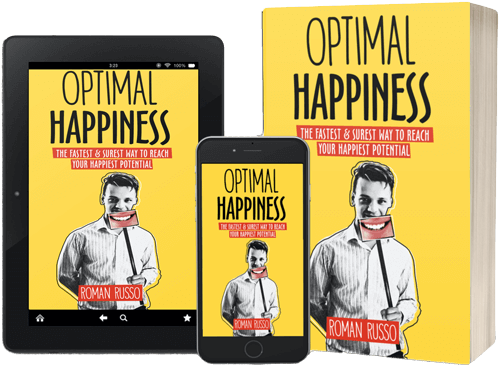
People often ask me how Optimal Happiness can help different people to reach their happiest potential and if I have some examples of clients I worked with in the past for whom this model worked. Today, I would like to talk about one of such cases related to a man (let’s call him Steve) who was diagnosed with schizophrenia.
The back story is that Steve grew up with his mother who is also schizophrenic. Now, science today believes that schizophrenia is not hereditary, meaning that it is not passed down through genes, but rather it can be taught by a parent who also suffers from this condition.
As such, his mothers’ insecurities about the world were taught to Steve and now Steve has to do something about them. Respectfully, we can’t know what exactly will trigger Steve unless we talk to him, observe his reactions, and address these triggers. This is the traditional psychology approach.
My approach would consist of understanding these triggers, too, but I would label the whole psychological trauma as part of the Emotional Intelligence Pillar of Happiness, meaning that there are five more pillars to address. As such, we can’t look at individuals only through one dimension and we need to address the whole system. We need to look at the lives of people through all Six Pillars of Happiness (as described in my book Optimal Happiness: The Fastest & Surest Way to Reach Your Happiest Potential).
Respectfully, the origin of conditions such as schizophrenia often starts with people who live suboptimal lives in terms of the six pillars, which is why the cure is often found also in making people complete individuals. By addressing all Six Pillars of Happiness, people have no other path than to be happy. This is guaranteed.
In Steve’s case, this system worked about as effectively as we can expect. Generally speaking, Steve addressed all the biggest problems and now he is just optimizing his system.














